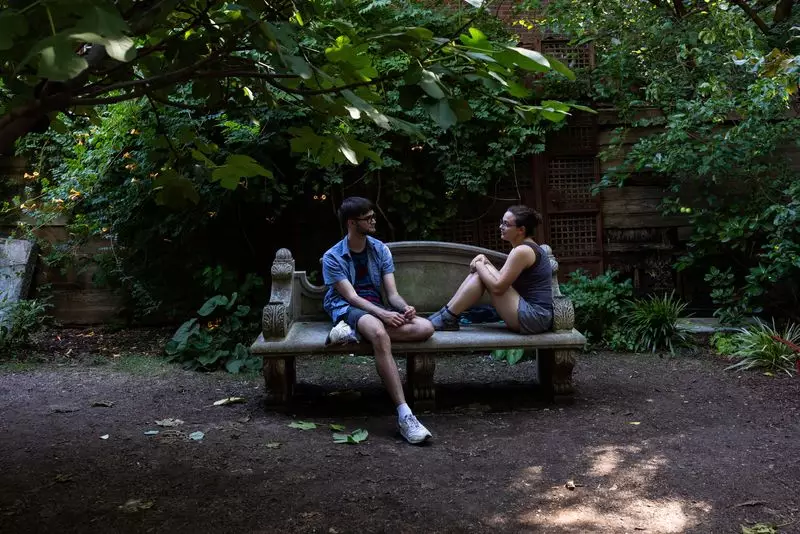The article highlights the looming threat faced by Elizabeth Street Garden in lower Manhattan, as the city plans to develop affordable housing on the land. Despite opposition from prominent figures like Robert De Niro and Martin Scorsese, the fate of this urban oasis hangs in the balance. The conflict underscores the dilemma facing New York City as it navigates the delicate balance between housing development and preserving green spaces.
The proposal for a 123-unit affordable housing project for seniors on the one-acre plot has sparked a heated debate. While opponents argue for alternative sites that could create more units, housing officials remain unmoved. This highlights the challenge of finding common ground in a city grappling with a housing crisis. The lease expiring on September 10 adds urgency to the situation, leaving little time for a resolution.
The City’s Housing Development Agenda
New York City’s push for more housing comes at a time when the vacancy rate is at its lowest in decades. Mayor Eric Adams has made building more housing a key priority, aiming to construct 500,000 new homes by 2032. However, the focus on affordable housing raises concerns about the long-term impact of these developments. The nonprofit managing Elizabeth Street Garden points out that the site’s affordability requirement ends after 60 years, raising questions about the sustainability of current initiatives.
The controversy surrounding projects like One45 Towers in Harlem reflects broader tensions around gentrification and urban development. The clash between preserving the character of neighborhoods and meeting the demand for housing creates a complex landscape for policymakers. The City of Yes plan unveiled by Adams aims to address these challenges by updating zoning regulations and encouraging more housing development in every neighborhood. However, opposition from low-density areas outside Manhattan reveals deep-seated fears about changes to the city’s urban fabric.
The Impact on Quality of Life
The battle over affordable housing in New York City transcends mere statistics about vacancy rates and development goals. It reflects a deeper concern about the quality of life for residents, particularly in neighborhoods facing unprecedented change. The fear of overcrowding, loss of green spaces, and the homogenization of diverse communities underlines the need for a more nuanced approach to housing policy.
The case of Elizabeth Street Garden serves as a poignant reminder of the value of green spaces in urban environments. As Joseph Reiver aptly puts it, there is nothing like the garden in the city, emphasizing the irreplaceable nature of such spaces. The push for affordable housing must not come at the cost of erasing these vital elements that contribute to the fabric of New York City.
The affordable housing crisis in New York City demands a careful balance between meeting housing needs and preserving the unique character of neighborhoods. The debates around projects like Elizabeth Street Garden and One45 Towers reveal the complexities of urban development in a city facing growing demands for housing. As policymakers navigate these challenges, it is crucial to consider the long-term impact on communities and quality of life for all residents.

